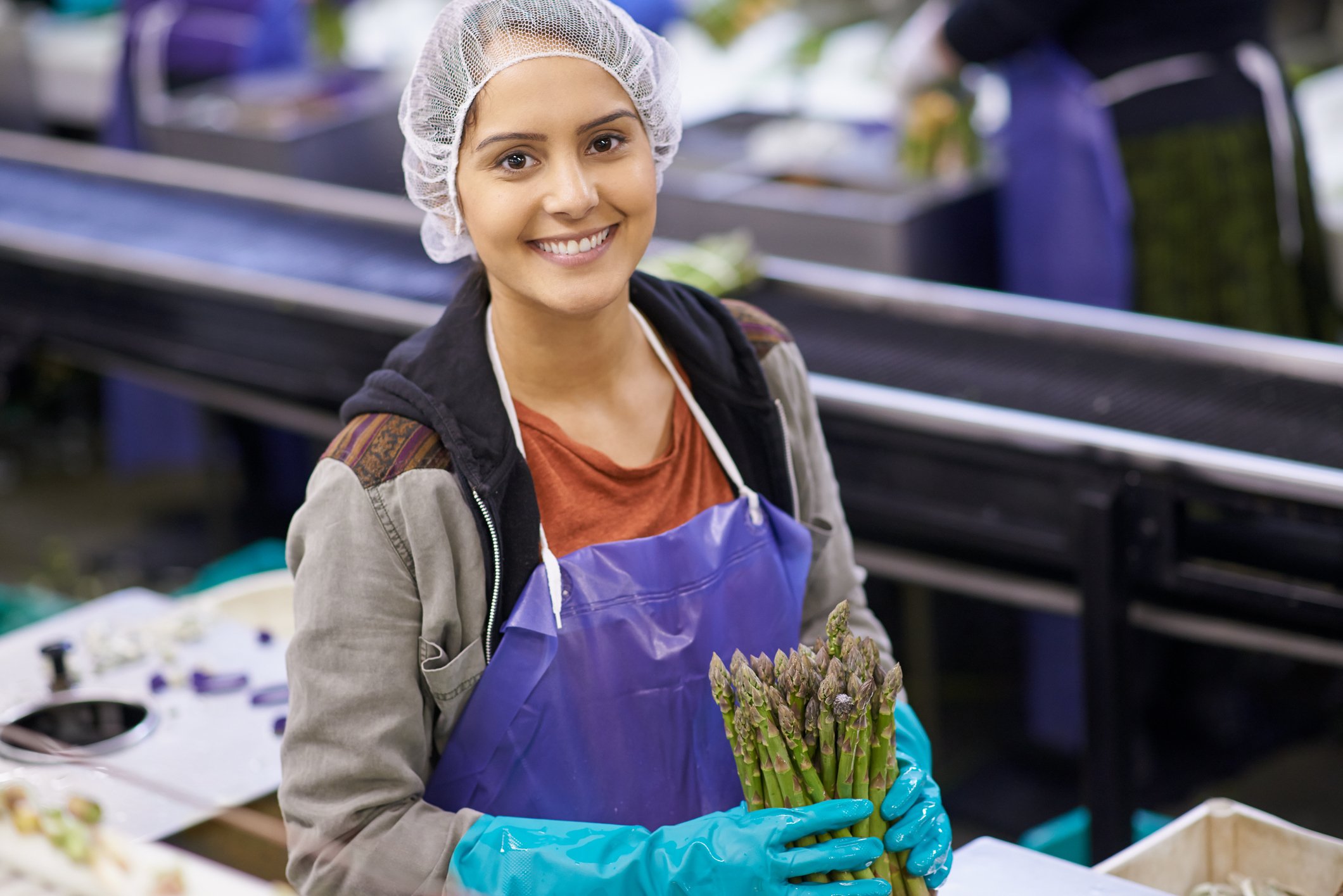PostHarvest Learning
Processing and Storage
All things Processing and Storage. This includes material ranging from "Employee Hygiene" through to "Water use in Processing" and "Prerequisites & Traceability".
-
Cold Chain Procedures
-
Post-Harvest Prerequisites
Why are prerequisite programs important? Prerequisite programs when properly followed help keep many things from becoming serious problems that could eventually have an impact on food safety. They also make up the foundation from which to develop a hazard analysis, critical control point, or hazard program.
-
Traceability and Transparency
In the event of a foodborne illness outbreak, it is important to have tracebacks and recall procedures in place. We know that tracebacks cannot prevent foodborne illnesses from occurring but being able to review good records and quickly trace food back to its source can limit the public health and economic impacts of an outbreak.
-
Facility Design and Product Flow
Processing, packaging, or packing of food takes place in diverse locations and physical structures and on many different scales. The overall design of the facility, from receiving area to shipping dock, is an important consideration in eliminating opportunities for chemical, physical, and microbial contamination.
-
Equipment Standards
We recommend that the processing equipment be designed and constructed to be easy to clean and maintain and to avoid microbial contamination of fresh produce.
-
Facility Pest Control
Pests can and do contaminate foods and transmit disease. Safe and effective control and exclusion is a priority. A pest control program should also be implemented throughout the entire facility to eliminate pests such as insects, birds, reptiles, rodents and other mammals that may harbour or be a vector for a variety of pathogens. The pest control program should include frequent monitoring of affected and treated areas to accurately assess the effectiveness of the program.
-
Resource and Environmental Monitoring
There are 3 key areas to monitor within processing and storage facilities in order to avoid microbial contamination of fresh produce products.
-
-
Cold Chain Practices
-
the Post-Harvest Journey
When purchasing fresh produce and other ingredients, management should establish specifications for each of the items that are to be received.
-
Employee Hygiene and Health
People can carry pathogens on their skin, in their hair, on their hands and in their digestive system or respiratory tract. Infected food workers who handle fresh produce and have poor personal hygiene are an important cause of food contamination and foodborne illness outbreaks.
-
Cleaning and Sanitation
All equipment, utensils and food contact surfaces in the processing facility should be cleaned and sanitised on a daily basis or more often if needed in order to prevent the adulteration of food products. Most firms use a sanitation standard operating procedure (SSOP), and master sanitation schedule.
-
Equipment Cleaning, Maintenance, and Design
Processed food preparation areas and equipment are all potential sources of contamination from microbial, chemical, or physical hazards.
-
-
Processing and Packaging Fresh-cut Produce
-
Introduction to Processing Contaminants
Fresh-cut fruit or vegetable processing involves trimming, peeling and/or cutting produce into product that is bagged or prepackaged to offer consumers highly nutritious and convenient fresh food.
-
People
Employees come in contact with fresh-cut produce many times during processing and should be trained in safe food handling. This is because humans are often the vectors involved in the spread of disease like the common cold or even foodborne illness.
-
Equipment
Fresh-cut preparation and cutting equipment are all potential sources of contamination from microbial, chemical or physical hazards. Both visual and analytical evaluation of all processing equipment should be performed before processing begins to ensure that proper cleaning, sanitation and maintenance have been performed.
-
Process Water
Water is used extensively in almost all aspects of processing fresh produce.
-
Industrial Chemicals
Food processing requires the use of many industrial chemicals which when used and stored properly pose little risk
-
Packaging
Anything that touches fresh produce has the potential to contaminate it, including the materials used in packaging the finished product.
-
4 Key steps to Processing Fresh-cut Produce
Appropriate preprocessing of incoming produce can help minimise microbial, chemical, and physical hazards
-

